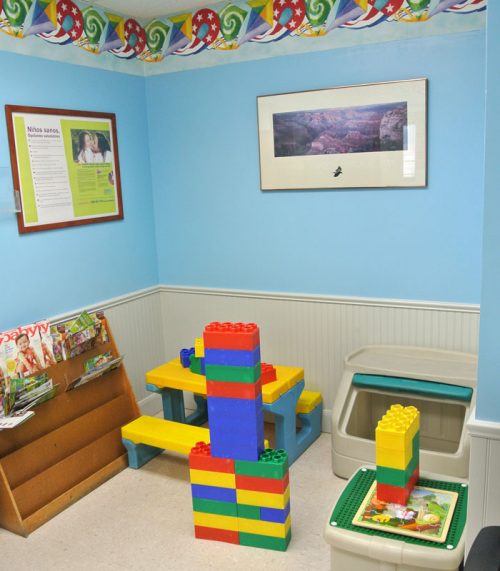Dislocations
Understanding Dislocations
A dislocation occurs when the bones in a joint are forced out of their normal positions. This injury can happen in any joint, but it is most common in the shoulders, elbows, fingers, and knees. Dislocations often result from falls, blows, or trauma that pushes the bones out of alignment, causing immediate and severe pain.
Schedule an Appointment
If you observe these symptoms in your child and are concerned about a possible dislocation, it is crucial to seek immediate medical attention. Scheduling an appointment with us can help in obtaining a proper diagnosis and developing an effective treatment plan to manage your child’s injury and ensure proper healing.
Get In Touch
Injuries
Recognizing Symptoms of Dislocations
You might notice several signs in your child that could indicate a dislocation:
- Visible
Deformity: The joint may appear visibly out of place or deformed.
- Severe
Pain: Intense pain at the site of the injury, which worsens with
movement.
- Swelling:
Rapid swelling around the affected joint.
- Inability
to Move: Difficulty or inability to move the affected joint or limb.
- Bruising:
Discoloration or bruising around the injury.
- Numbness
or Tingling: A sensation of numbness or tingling around the injured
area, indicating possible nerve involvement.

